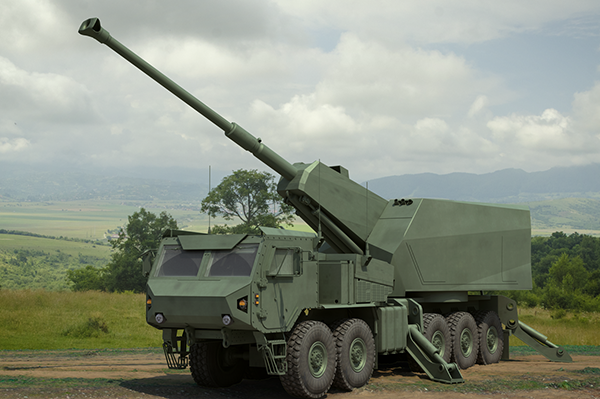I fully admit that I'm not an expert and just a dedicated enthusiast.
With some older SPAAG models being deployed in Ukraine and seeing some success, plus Russia, China, and some EU-NATO countries having SPAAG's within their respective inventories, I don't understand why the US isn't looking to develop a dedicated modern SPAAG to combat this drone revolution.
I'm aware the US Army currently has the Sgt. Stout M-SHORAD Strykers, DE-SHORAD Strykers, and JLTV M-SHORAD models, including some that use electronic warfare and energy weapons with both the US Army and USMC (MADIS, etc.), and then we have the old Avengers with a rapid-firing .50 cal and Stingers.
However, with the future of warfare likely involving drones for quite awhile, I'm wondering why the US hasn't displayed interest in putting together a modern SPAAG. Perhaps they can use the AMPV as a base platform, which should have the survivability, internal room for customized systems and operation, the upgraded engine/power generation required, and the capability to install an unmanned modular turret.
Such a concept would be 4 x 30mm autocannons using the new 30x113mm XM1223 Multi-Mode Proximity Airburst (MMPA) round. This may be difficult, but ideally this model would also have a remote weapons station that could be installed, depending on the specific design layout to find an appropriate location, which would allow for an M2 to provide close perimeter defense without distraction from its primary mission.
One significant advantage would be modern current-generation optics technology and AI-assisted target identification and auto-tracking, using onboard radar and perhaps even a second band of radar like the USN Phalanx to track the effectiveness of the fired rounds and adjusting in real-time. Integration into the IBCS would be a clear goal. The additional auxillery energy may also allow for such a model to include electronic warfare/jamming capabilities and a supplemental energy weapon such as the Leonidas or a specific laser that has tested well in the field. Survivability can be increased by installing the Trophy APS hard-kill system, which recently announced at least partial effectiveness against FPV drones and top-attack ATGM's.
If something like this could be developed, even without that "dream" list of features, it could still be paired with a JLTV to enable some of those secondary features, such as the RWS M2 for perimeter defense and a microwave energy weapon for anti-swarm capability to supplement the autocanons. I believe this thing would be an absolute drone killing monster and ultimately ensure the cost-benefit solution swings back over to the US regarding the cost per drone kill compared to the cost per attacking enemy drone, at least on a per-shot basis excluding the R&D and production investment, but such equipment should serve for decades and ultimately payoff.
Any respectful thoughts are encouraged. Also, my apologies if this is the wrong place to propose theorized equipment, as it only notes aspects of recent systems developed rather than actually being a program confirmed as in development.









